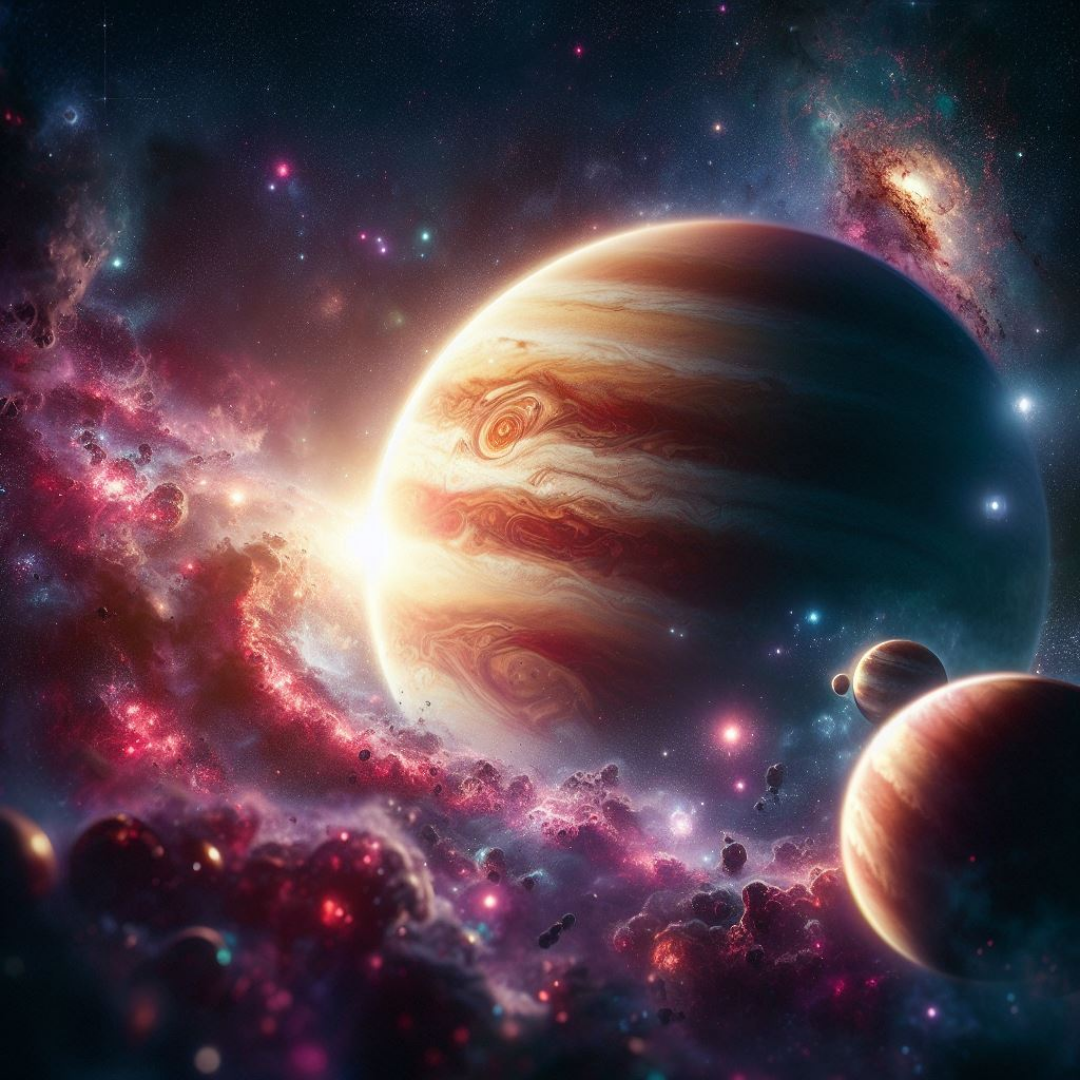The Orion Nebula, a focal point for scientists and astronomers for years, offers a unique vantage for observing the nascent stages of celestial bodies.

In a groundbreaking revelation, scientists at the European Space Agency (ESA) have utilized NASA’s James Webb Space Telescope to unveil an astonishing anomaly in the Orion Nebula: free-floating entities, comparable in size to Jupiter, the largest planet in our solar system. This unexpected find in the nearest star-forming region to Earth has upended prevailing theories on star and planet formation.
Previously, scientists believed that nebulas, massive clouds of gas and dust where stars are born, were incapable of spontaneously generating planet-sized objects. However, these recent revelations have challenged this assumption, suggesting a hitherto unexplored dimension of nebular dynamics.
What’s even more perplexing is that these objects emerge in pairs, defying conventional wisdom regarding celestial formation. “There’s something wrong with either our understanding of planet formation, star formation – or both,” remarks Samuel Pearson, an ESA scientist involved in the research. “They shouldn’t exist.”
Termed Jupiter Mass Binary Objects (JuMBOs), these enigmatic entities fall into a unique category, distinct from both stars and planets. While they lack the size to be classified as stars and do not orbit a central star, JuMBOs do not fit the criteria for traditional planets.
Professor Mark McCaughrean, a senior adviser for science and exploration at the ESA, underscores the need for a pragmatic approach to this debate, drawing an analogy: “It’s like my car is a chihuahua-mass pet. But it’s not a chihuahua. It’s a cat.”
According to a research paper co-authored by McCaughrean, which is pending peer-review, JuMBOs are approximately one million years old, making them relatively young in cosmic terms. Their surface temperatures register around 1,000 degrees Celsius (1,800 degrees Fahrenheit). Unlike planets, which maintain stable temperatures due to the energy received from their parent stars, JuMBOs rapidly cool and ultimately freeze. Moreover, their composition predominantly comprises gas, rendering them inhospitable to sustaining life.
Scientists have proposed several hypotheses regarding the origin of JuMBOs. One suggests they formed in regions of the nebula too sparsely populated to generate proper stars. Another posits they were initially intended to orbit stars but were subsequently “ejected” for reasons yet unknown. McCaughrean favors the ejection hypothesis, acknowledging the puzzling nature of pairs being expelled together.
Renowned astronomer Heidi Hammel, not affiliated with the research, expressed amazement at the pairs phenomenon, deeming it unprecedented. She speculates that perhaps previous telescopes lacked the capability to detect such occurrences.
The Orion Nebula, a focal point for scientists and astronomers for years, offers a unique vantage for observing the nascent stages of celestial bodies.
Situated 1,350 light years from Earth, it appears as a misty smudge at the base of the Orion constellation, an integral part of the mythological figure’s “sword”. This revelation challenges established cosmological paradigms, inviting further scrutiny and reevaluation of our understanding of celestial genesis.